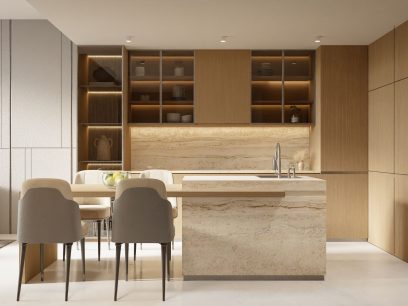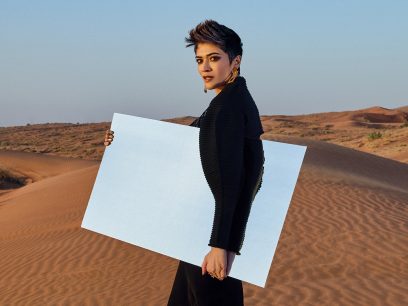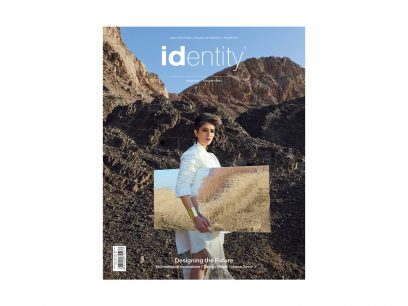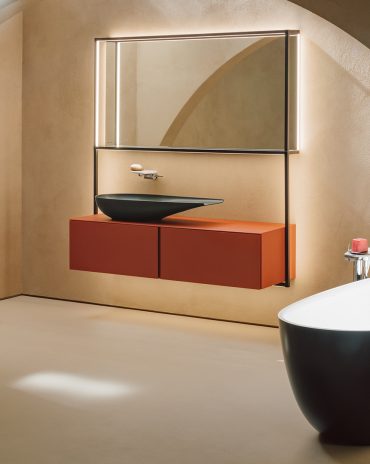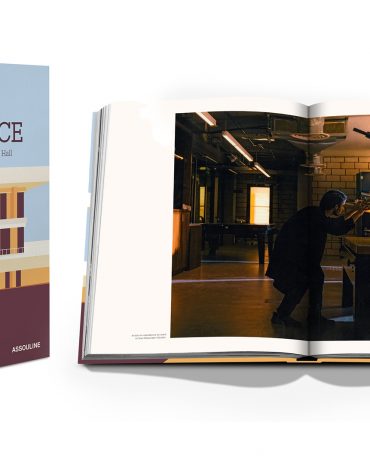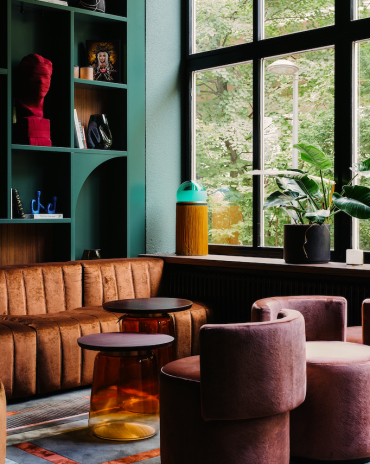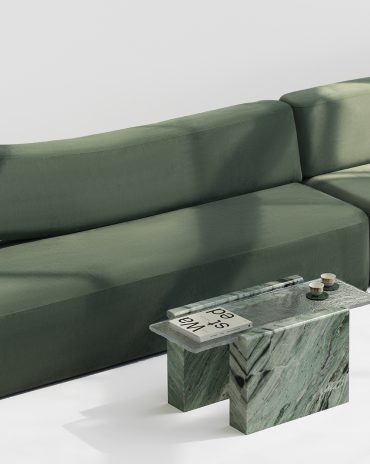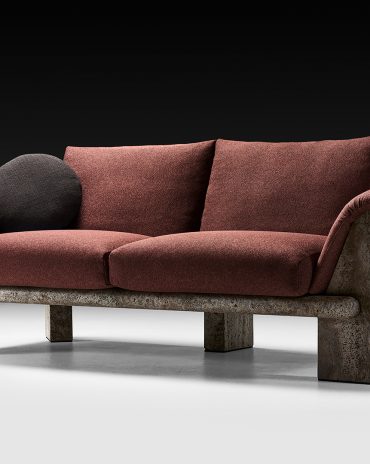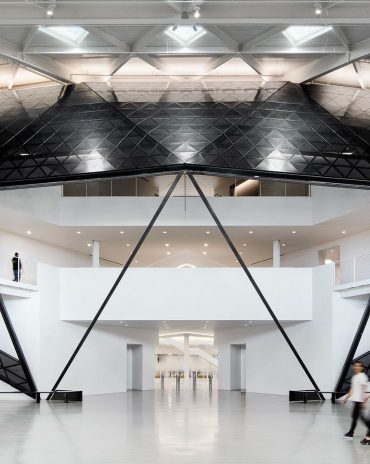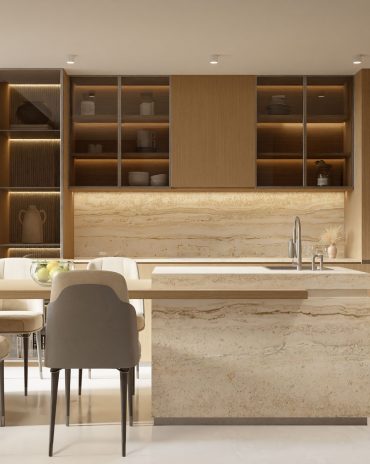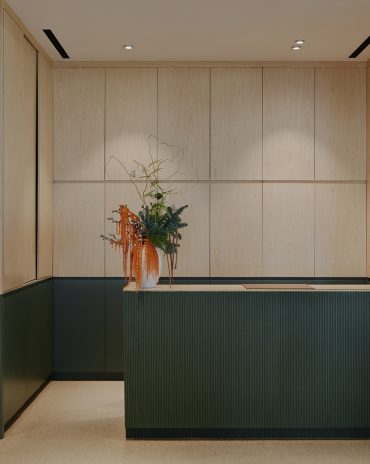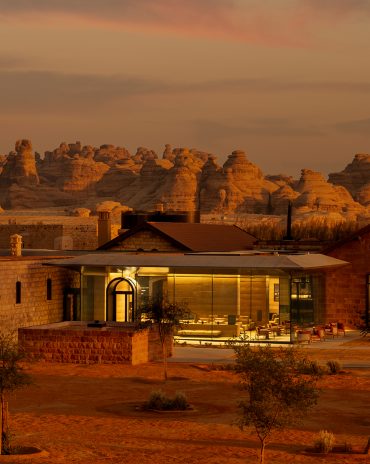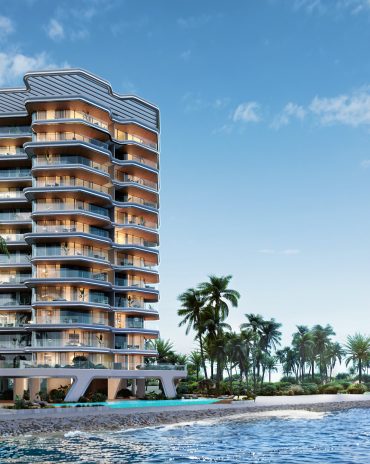Copyright © 2025 Motivate Media Group. All rights reserved.
Celebrated Iraqi architect Rifat Chadirji passed away in London aged 93
Abu Dhabi's National Theatre was one of the key buildings he designed
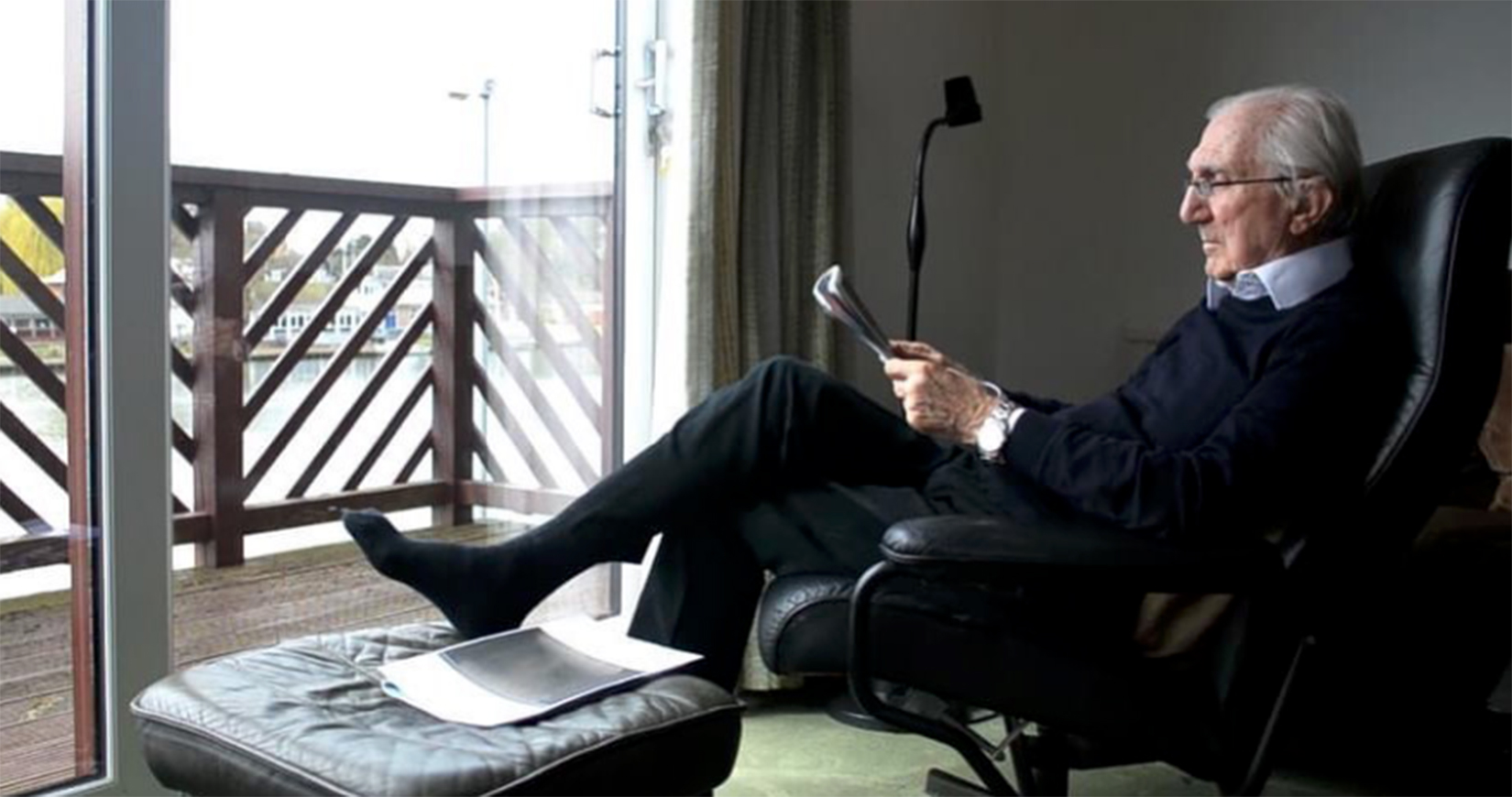
One of most prominent Iraqi architects and photographers, Rifat Chadirji, passed away late on Friday in the United Kingdom after contracting COVID-19.
Known as the father of modern Iraqi architecture, he designed over 100 building in Iraq and contributed his creative eye to structures beyond his home country. In fact, back in 1977 he also won a competition to design Abu Dhabi’s new National Theatre.
President Barham Saleh and caretaker premier Adel Abdel Mahdi mourned his passing on Saturday. “With the death of Rifat Chadirji, architecture in Iraq and the world has lost its modern lung,” Saleh wrote.
Tributes also came from other prominent architects including Nasser Rabbat who described him on Twitter as: “a thinker, author, critic and rationalist architect with a refined aesthetic sensitivity, he combined traditional elements and constructivism in ultra-modernist compositions.”
Esra Akcan, author and architect, wrote: “Another very sad day for architecture. Let’s preserve and restore his buildings in Iraq that have been destroyed due to wars.”
Chadirji was born in Baghdad in 1926 into an influential family – his father Kamil Chadirji was the founder and president of the National Democratic Party. He studied in London before returning to Iraq in the 50’s. During this period he created one of his most famous works – Monument to the Unknown Soldier in Baghdad’s Firdos Square. In early 1980’s, it was removed to make way for a statue of Saddam Hussein. Chadirji ended up in Abu Ghraib prison, but released by Hussein 20 months later to design a conference centre. He penned his experience in “The Wall Between Two Darknesses”.
Chadirji moved to Beirut a few years later and lived abroad during some of the most difficult years for his country that went through the Iran-Iraq war, the 1990 Gulf War, a decade of international sanctions as well as 2003 US-led invasion that removed Hussein from power. He briefly returned in 2009.
He was also an enthusiastic photographer who captured over 100,000 images of Iraq over the years so there was a visual archive of the changes, many have been exhibited across the Middle East.
Over his long career, he won numerous awards including Aga Khan Chairman Award in 1986 as well as fellowship of the Royal Institute of British Architects and the American Institute of Architects. He also won the Sheikh Zayed Book Award 2008 and Tamayouz Excellence Award 2015 – which has now been named after him.
Main image: Instagram
The Latest
Textures That Transform
Aura Living’s AW24 collection showcases the elegance of contrast and harmony
Form Meets Function
Laufen prioritises design, functionality and sustainability in its latest collections
Preserving Culture, Inspiring Creativity
Discover the Legacy of a Saudi Art Space: Prince Faisal bin Fahd Arts Hall explores the Hall’s enduring influence on the cultural fabric of Saudi Arabia
Channelling the Dada Spirit
Free-spirited and creative, The Home Hotel in Zurich injects a sense of whimsy into a former paper factory
id Most Wanted- January 2025
Falaj Collection by Aljoud Lootah Design
Things to Covet in January
identity selects warm-toned furniture pieces and objets that align with Pantone’s colour of the year
Shaping the Future of Workspaces by MillerKnoll
Stacy Stewart, Regional Director Middle East & Africa of MillerKnoll discusses the future and evolution of design in workspaces with identity.
Shaping Urban Transformation
Gensler’s Design Forecast Report 2025 identifies the top global design trends that will impact the real estate and built environment this year
Unveiling Attainable Luxury
Kamdar Developments has launched 105 Residences, a new high-end development in Jumeirah Village Circle.
The Muse
Located in the heart of Jumeirah Garden City, formerly known as ‘New Satwa’, The Muse adds to the urban fabric of the area
Cultural Immersion Meets Refined Luxury
The Chedi Hegra opens its doors in AlUla’s UNESCO World Heritage Site
Redefining Coastal Luxury
Sunshine Bay on Al Marjan island combines seaside views, exceptional design, and world-class amenities to create a unique waterfront haven


